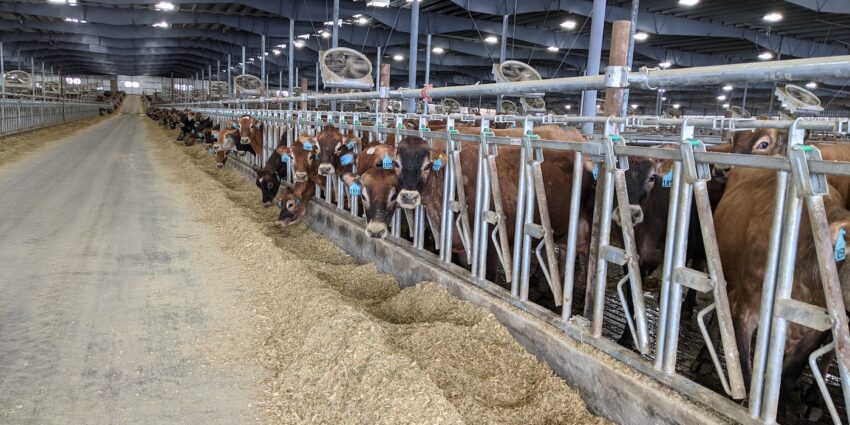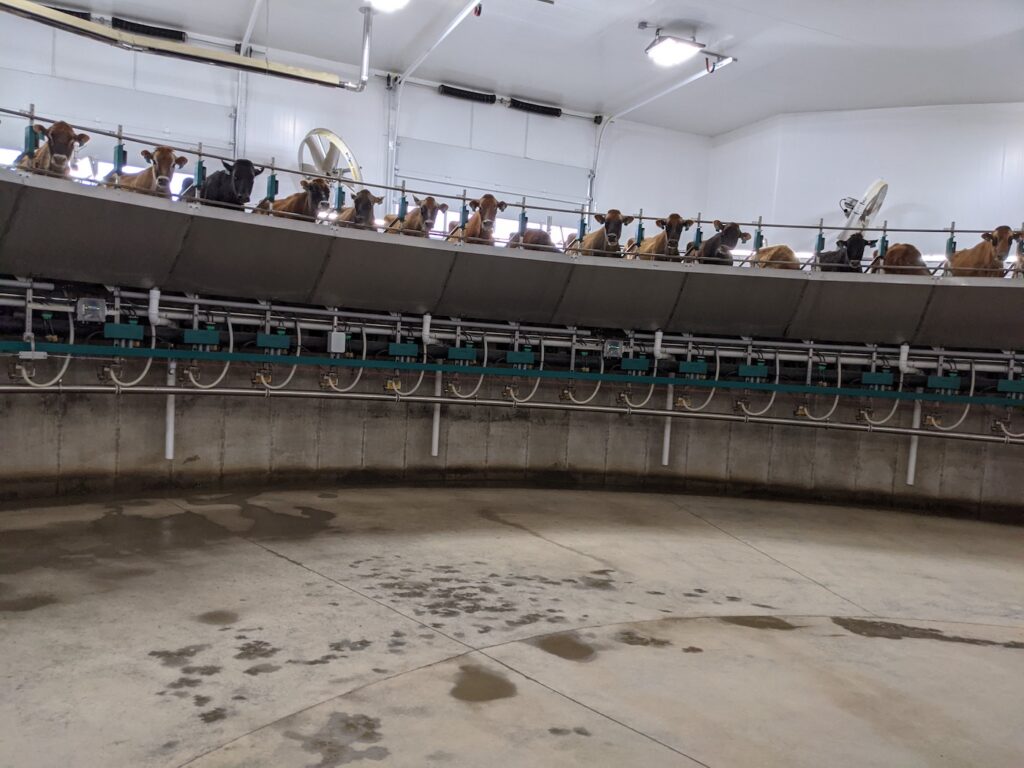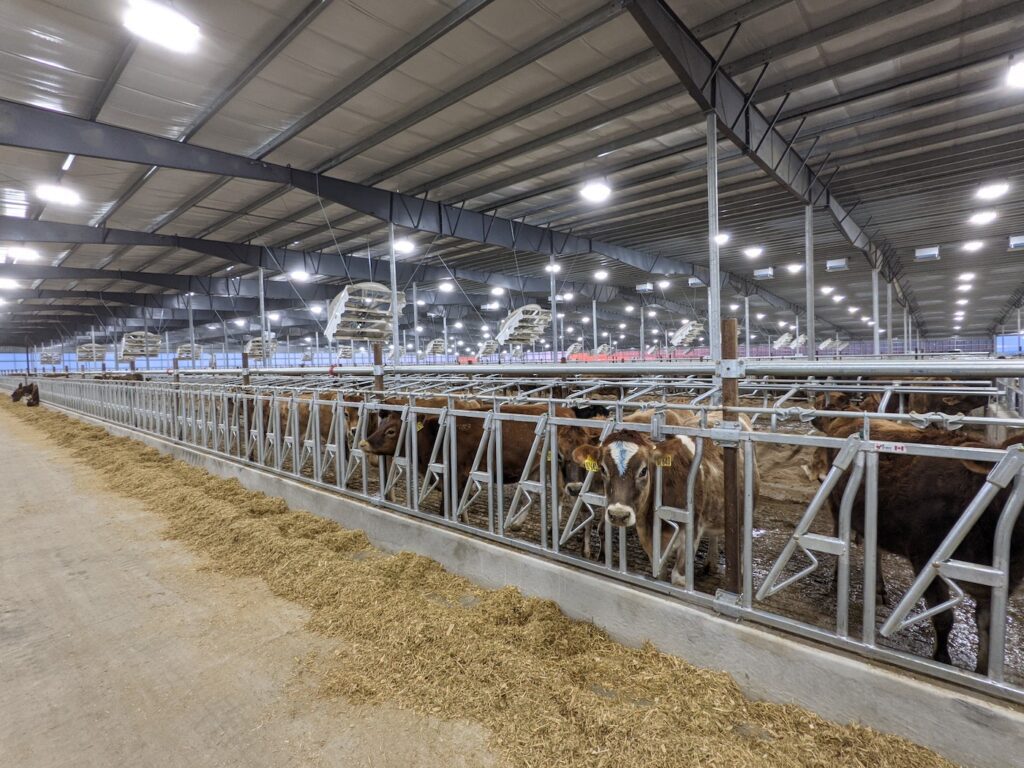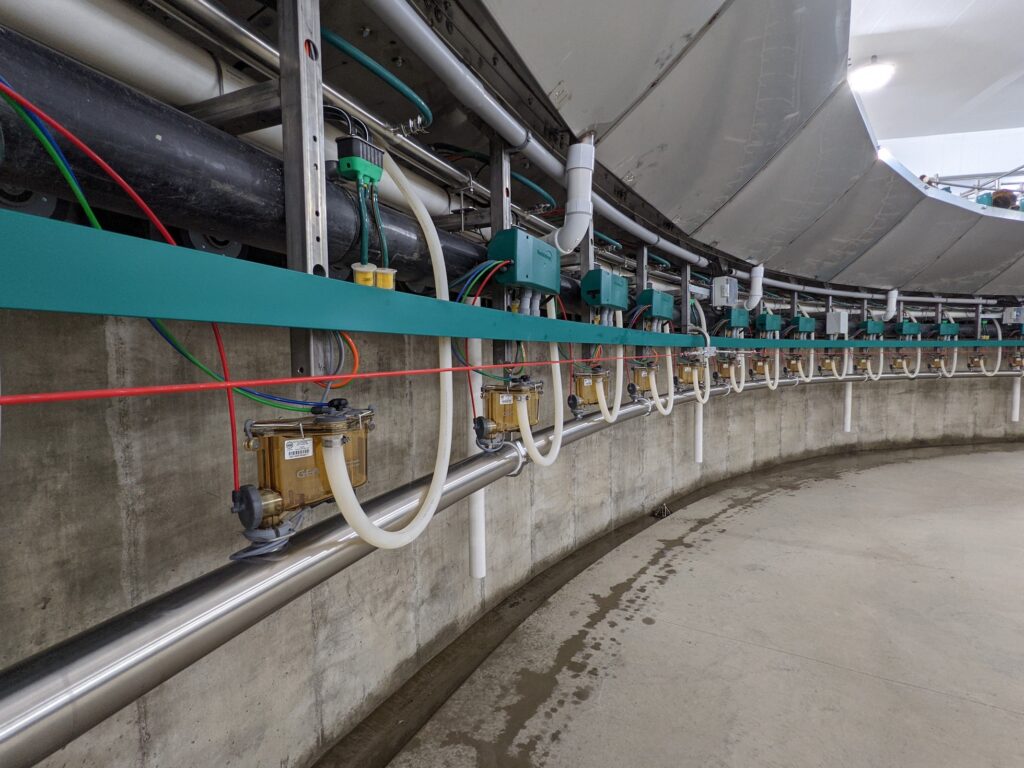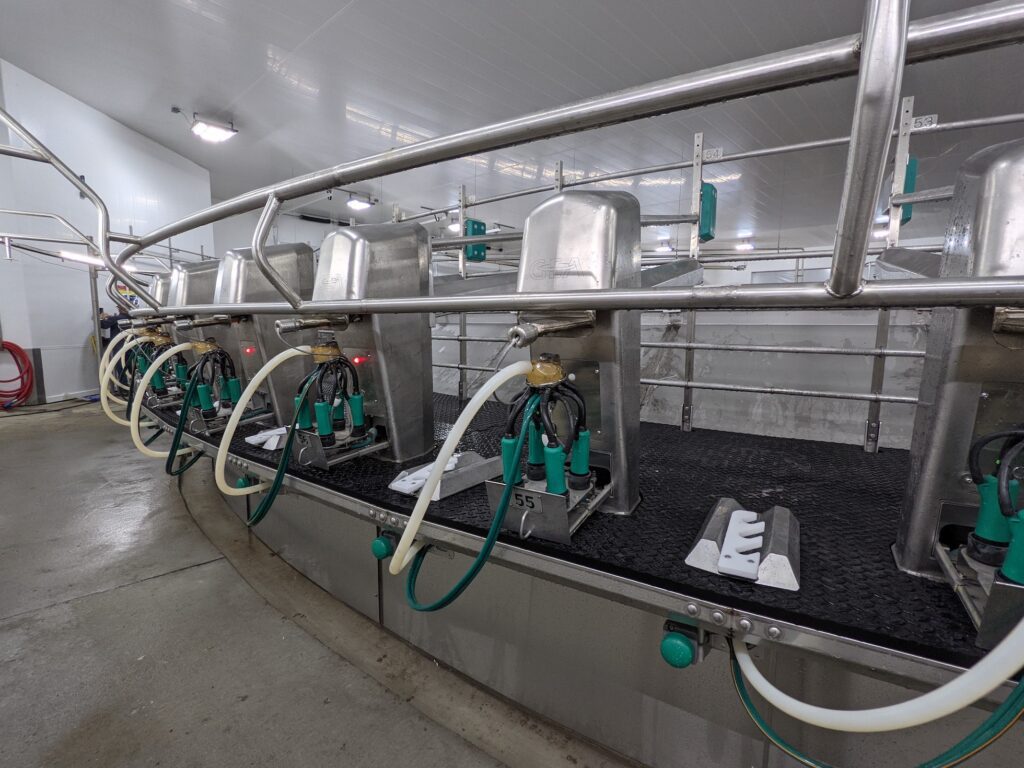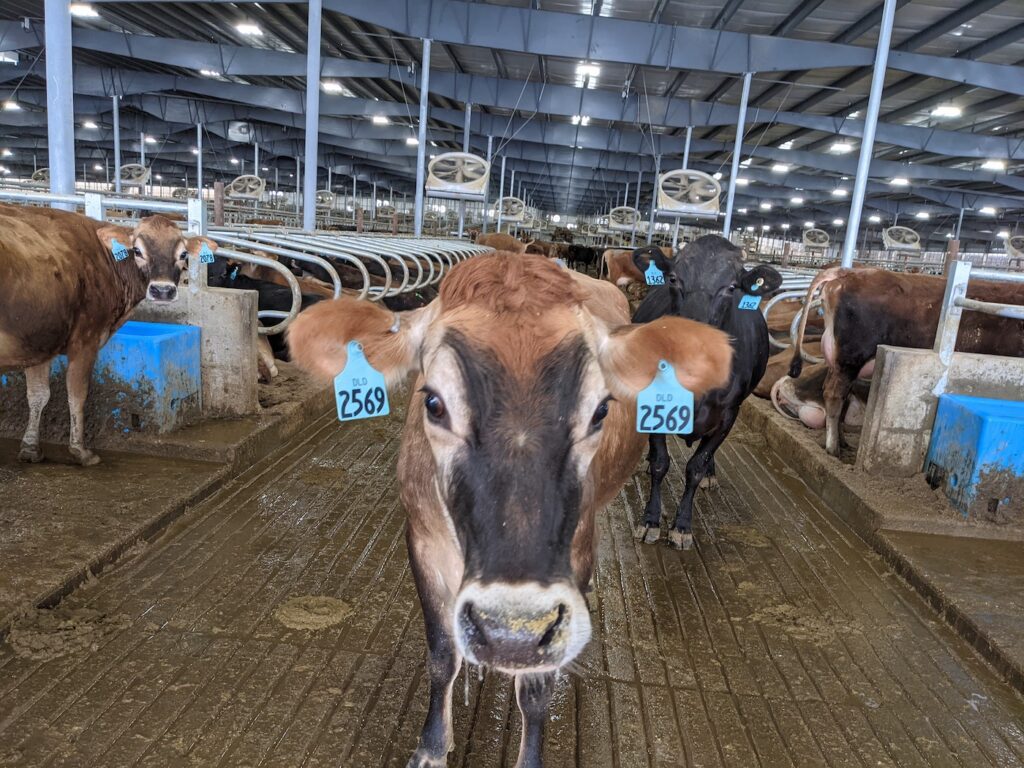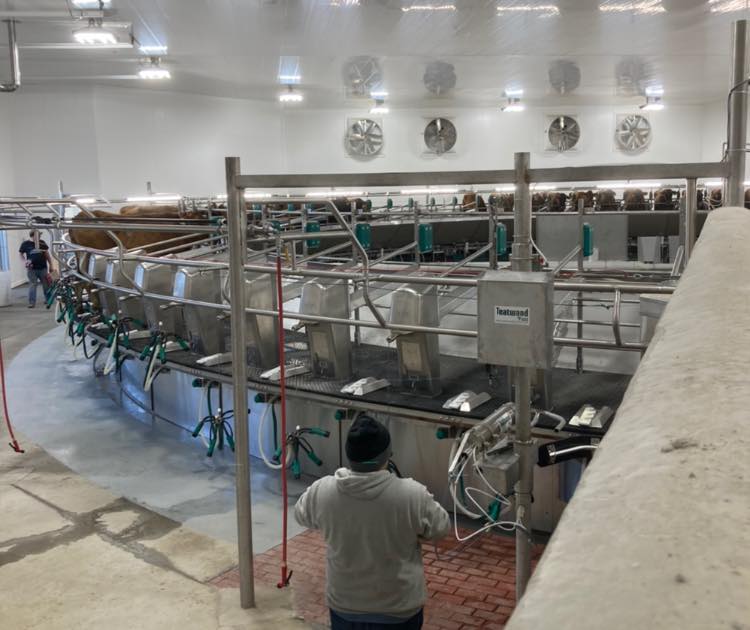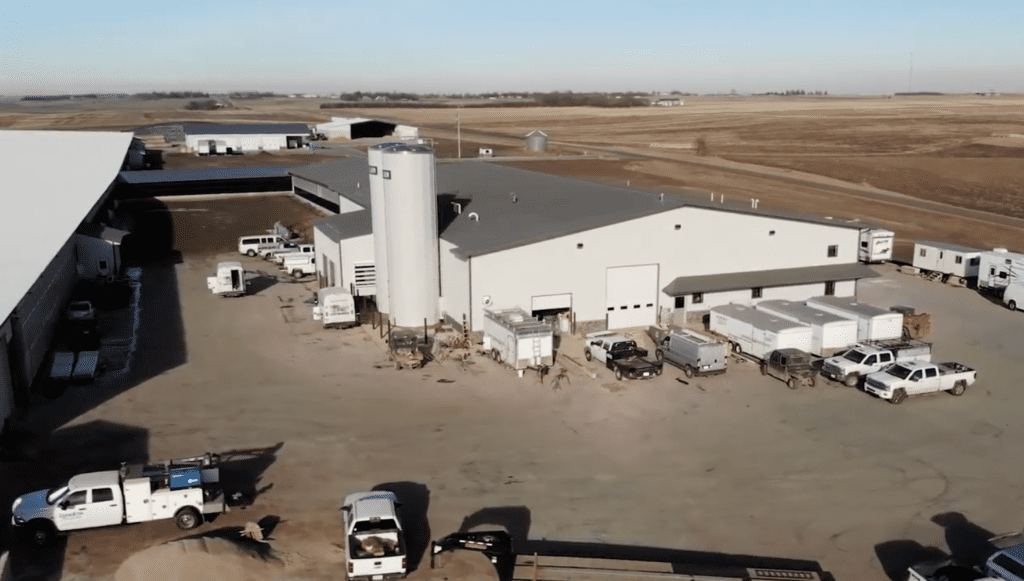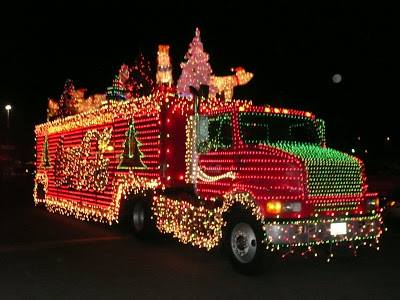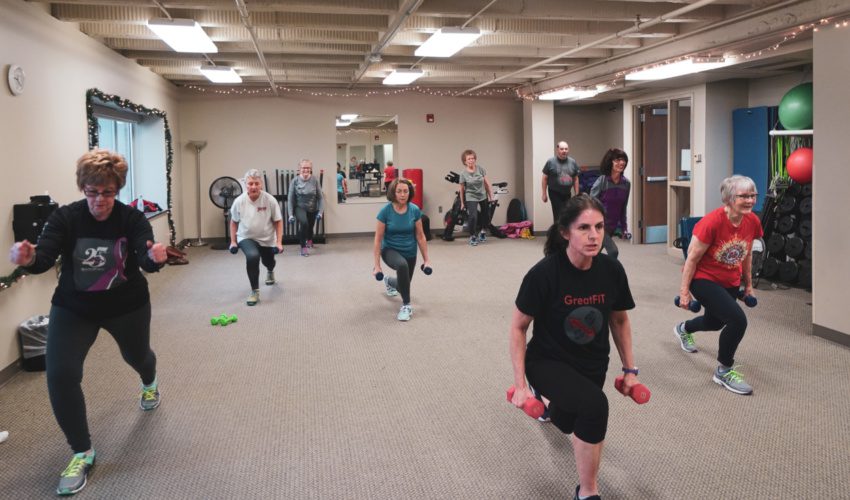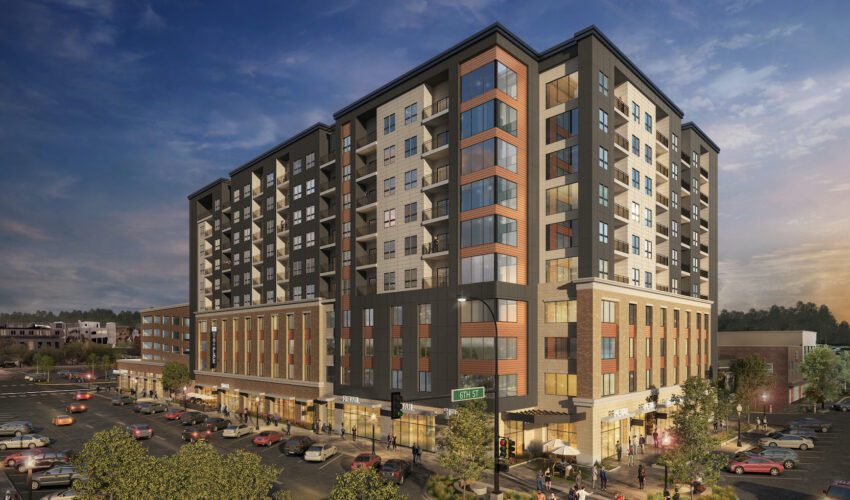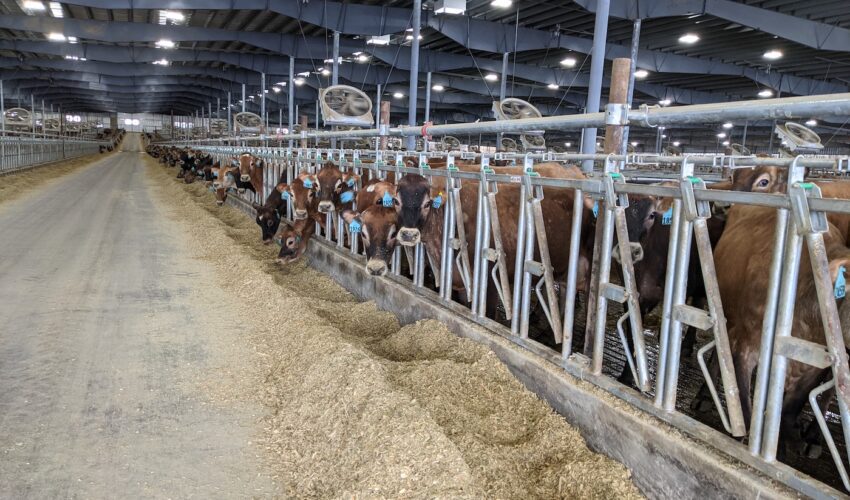Dairy owners’ dream? Sioux Falls metro area fills with out-of-state transplants
April 29, 2021
This paid piece is sponsored by the Sioux Metro Growth Alliance.
About 15 miles west of Sioux Falls, where the closest town is Humboldt, sits the place David Lemstra has been seeking for at least eight years.
“We could never find the right place or the right deal,” he said. “This all came together.”
Last July, he and his family moved from California, where they had been in the dairy business for 40 years.
Last December, they opened their newly built Dakota Line Dairy, after demolishing an existing one, with the capacity to hold 4,000 cattle. Before that, the dairy near Humboldt held 400 cattle.
“We updated it and made it bigger and better,” Lemstra said. “It’s been really fun so far.”
Lemstra was led to the property by his brother-in-law, Danny Vander Dussen. Vander Dussen’s wife, Sophia, and Lemstra’s wife, Maartje, are sisters.
The Vander Dussens are wrapping up construction on their expanded dairy near Baltic with plans to start operations in May.
“I love the people. I love the farmers I’ve gotten to know,” Vander Dussen said. “They’re just straight-up honest people, handshake deal, hardworking. And we like living out in the country again.”
The two families are not the only ones enthused about locating a dairy in the Sioux Falls area.
For the past several years, dairy farmers have been moving to South Dakota, expanding and finding there are multiple benefits, said Paul Kostboth, who started the firm AI Development Solutions in 2017 after serving as director of ag development in the South Dakota Department of Agriculture.
“The whole industry is aware of the dairy buzz,” he said. “Our growth has been unbelievable. The whole dairy industry now recognizes South Dakota as a great place to live and dairy, so bringing on more cows to fill plant capacity has become the easier part.”
Through his role in state government, Kostboth saw firsthand the need to guide dairy owners through the approval process to operate.
“My job was to recruit and promote South Dakota and grow the industry. However, it was frustrating when we’d successfully get the caliber of people like the Vander Dussens and the Lemstras who would love Sioux Falls and want to come here, but then there was no one to help them navigate the waters to get a project done.”
He now helps connect willing dairy sellers, often those looking to retire, as well as other landowners, with prospective buyers ready to invest in them. That includes navigating city, county and state approvals needed for expansion as well as working with other ag-related industries such as swine, beef and industrial projects.
The catalyst for the area’s current dairy boom came in the form of an expansion by Agropur that came online in 2019 and tripled the Lake Norden cheese manufacturing facility’s daily milk processing capacity from 3 million pounds to 9 million pounds, equal to the output of 85,000 additional cows.
“That opened the door for more milk producers,” Kostboth said. “Our group has been involved with the permitting of more than 50,000 new head of dairy cattle in the last couple years.”
The dairies being attracted to the state are now “a very highly efficient model – a larger operation, 3,000- or 5,000-cow dairy facilities, run by the dairy businessmen of the country,” said Mike Jaspers, a former state secretary of agriculture who’s now the business development director for East River Electric.
“It’s not just local folks who are really good at it, but this region is attracting some of the very best dairy businessmen in the country.”
Family ties
Lemstra and Vander Dussen were among the last two dairies signed up to provide milk to Agropur.
For Vander Dussen, it represented years of searching for a new location.
He and his wife both are from multigenerational dairy families; his parents were born in Holland, where his grandfather had a milk trucking company. The family came to the U.S. after World War II, worked in dairies and saved up enough for his grandfather to start one.
“I heard someone say one time milking cows is like a disease,” he said. “Once you have it, you want to do it.”
He planned to go to medical school out of college and then changed to veterinary school but realized he enjoyed his trips home to work at the dairy on weekends better. He began his career at an Arizona dairy and opened Driftwood Dairy in Northern California in 2002 when a friend retired and helped him get started.
“Up in Northern California, all the farm ground started getting planted into almond trees, and my feed costs were going up,” he said. “I saw the writing on the wall that if we stayed I probably wouldn’t make any money and would go broke.”
He thought he had a place in Iowa, but the deal fell through at the last minute, and in 2017, he leased a dairy in Colorado, but land values shot up, and it was hard to get a milk contract.
“I knew it would be foolish to build there with all the costs,” he said.
Someone remembered him from the Iowa deal and gave his name to a dairyman in Baltic who wanted to retire.
“We started liquidating the assets in Colorado, and we were milking cows in California and Colorado and designing a dairy here,” he said.
“I didn’t wake up one day and say I had to go to South Dakota, but the opportunity was here, the feed is here, the milk contract was here, and it wasn’t an uphill battle at all.”
The Baltic dairy had 250 cows, and in transitioning to Driftwood, it grew to 4,000.
“In California, I felt like a criminal milking cows. And we’re not hiding anything or doing anything crooked, but in South Dakota they’re reasonable and want to see us succeed, so that’s been a breath of fresh air,” Vander Dussen said.
“South Dakota has been awesome to work with as a state, and I’m happy to be here. We love it.”
Concerns about water and regulation combined to convince Lemstra it was time to move.
“As a dairy owner, what’s appealing to me is the availability of forages and feeds, the availability of workforce and the availability of water that comes from the sky and not from Sacramento (California) or Washington, D.C.,” he said.
“As far as meeting expectations with efficiency and design and construction, it all went exceedingly well. South Dakota has been a joy so far. It’s a special place, as long as the residents of South Dakota choose to keep it that way.”
The Sioux Falls metro area is particularly strong as a location for dairies, said Jesse Fonkert, executive director of the Sioux Metro Growth Alliance.
“It’s not only a great area for ag but friendly to industry,” he said. “And the labor force continues to grow, so dairy owners are finding many of the same benefits that other business owners discover here – plus additional ones in some cases.”
Other dairy owners also “are looking to relocate from states that have become just about impossible to do business,” Kostboth said.
“So they look in South Dakota and love the structure and the nature of how we go about things here from the perspective of regulation and taxation. It’s a huge step for anybody to uproot and go to a foreign state, but they’re seeing it as a no-brainer.”
It’s also about creating a foundation that will support their kids continuing in the industry, he said. Both California families’ kids are attending Sioux Falls Christian Schools and are enjoying their new communities, they said.
“Where some other states are heading, they see the writing that this is not the future for them or their families,” Kostboth said. “They brought their kids, they’re looking at the schools, and they want to make sure there’s an opportunity for their kids should they choose to stay in the business.”
These multigenerational farmers are good neighbors in many ways, Jaspers added.
“They love cattle and are passionate about the health and production, but they want to leave the farming to area farmers,” he said. “They need a couple thousand acres of corn silage and access to the grain and alfalfa, and they just want to partner with those folks, buy it from them and not get involved. That opens up opportunities for neighboring farmers.”
Workforce strategies
Dakota Line Dairy has more than a dozen employees, and most came by to fill out an application during construction.
“We were quite flabbergasted at the availability of people to do the work,” said Lemstra, adding some had experience and others were trained once hired.
The jobs were desirable because “it was closer to their home or the work environment was potentially better,” he said.
While that would be a welcome scenario for Vander Dussen as he ramps up, he’s expecting that reaching up to 30 employees will be more challenging.
“I’ve not had too many applications,” he said. “I’m bringing three guys from Colorado, so that’s helpful, my manager from California will come for a year and help with startup, and I have some visa guys from Mexico who are skilled and trained. So a third of my workforce should be ready to rock and roll and take responsibility, and the rest we’ll fill in when the time comes.”
The dairies are “a lot like the ag industry and hospitality industry; they’re having to utilize visa programs, and same with the contractors building these,” he continued. “They use a lot of that for filling their rosters, but they’re also finding locals. Local is what they want, but normally you can’t fill them all with locals.”
Some dairies also have added on-site housing for workers, he said.
Dairying “is a lot of work,” Kostboth added. “Cows need to be milked at least twice a day, and like so many industries are today, it typically comes down to either getting out or getting bigger. Dairy families generally can’t afford to go hire employees to help carry the workload if you don’t get to a certain size with those efficiencies.”
The next step in the evolution of the Sioux Falls-area dairy industry likely will be more related production.
With proof dairies can meet demand, and Agropur with all the milk it can take at this point, there are opportunities for other processors to come into the market.
“It’s a rare but great problem to have, but it’s still a problem” Kostboth said. “We’re working with dairy families from multiple states that are just waiting, hoping something opens up here again. They just love it here and understand that this is a great place to dairy.”

